You can save yourself a lot of money this seed-starting season by upcycling items that would otherwise be trash. In doing so, you’ll be doing some good for the environment, too.
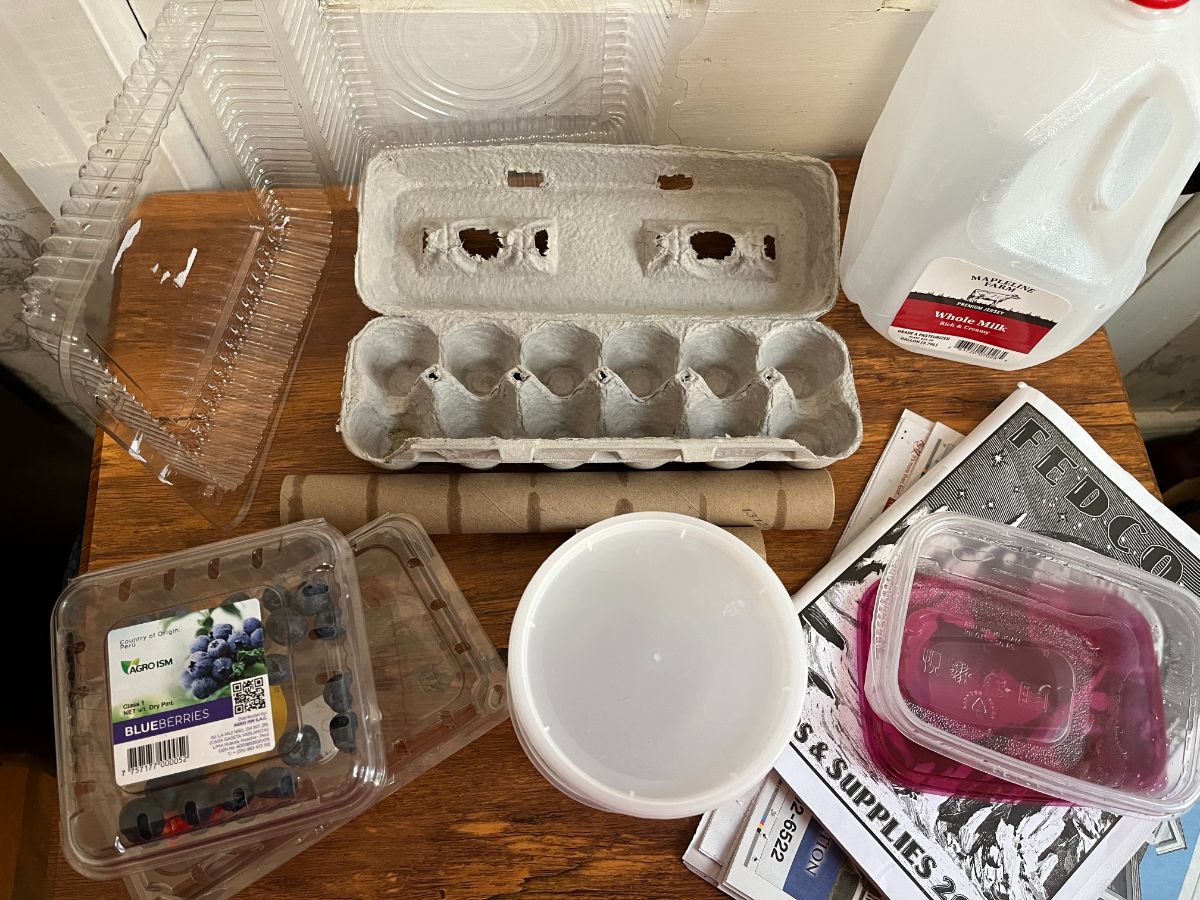
There are many things that you can reuse for starting seeds and growing transplants, almost overwhelmingly so. But these seven are at the top of our list.
Even if it isn’t quite time to start your seeds now, it’s smart to start saving up and setting these things aside so you have them—and enough of them—when you want them.
Jump to:
- Beating the Limited Seed Starting Product Options
- Top 7 Upcyclable Seed Starting Items
- 1. Shallow deli meat containers
- 2. Vented plastic berry boxes
- 3. Clear plastic milk or water jugs
- 4. Newspapers (or other heavy paper)
- 5. Egg cartons
- 6. Paper towel and/or toilet paper rolls
- 7. Deli soup and salad containers
- Other good up-cycled seed starting containers:
Beating the Limited Seed Starting Product Options
A lot of the products that we use to start and grow seeds are only made for single use. This may seem odd or counterproductive for a group of people who love the earth and the living things it gives us.
The reason that is the case is that most of the pots and cell packs that are available to us were designed with larger growers in mind—namely, the kind of growers who sell their plants to other people. For them, expensive reusable pots wouldn’t make sense. They also have to have products that are sturdy enough for extended watering and transport.
Those that are made to be reusable are often expensive. The reviews are good, and they’re said to be worth the investment, but there has to be a balance between the cost of growing your own plants and food and buying it elsewhere.
So, when there are easy ways to save money in the garden, you should take them.
And there are! Here are seven of the most coveted recyclable, upcyclable, “trash” items that we recommend you save for starting seeds:
Top 7 Upcyclable Seed Starting Items
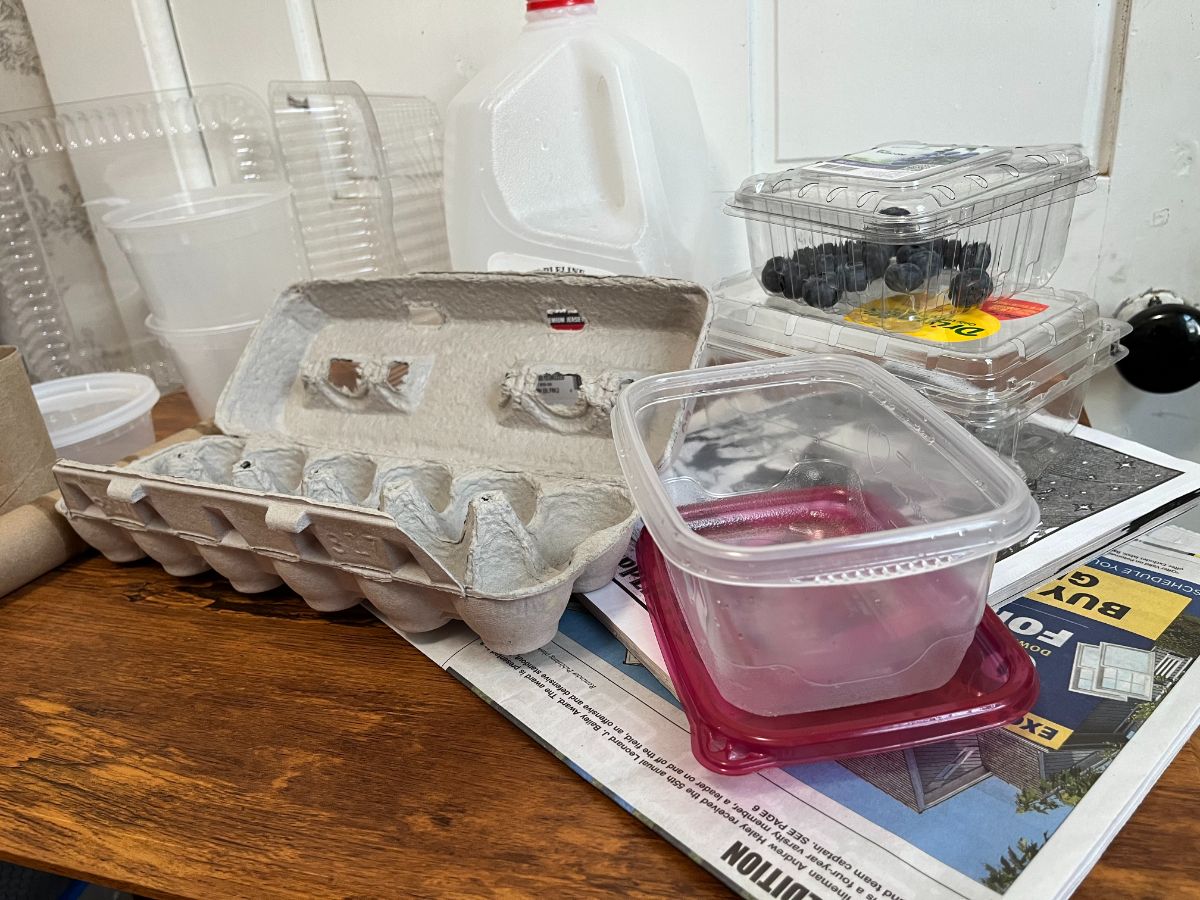
Here’s what we recommend that you save up for seed starting—and some of the ways you might use each one.
1. Shallow deli meat containers
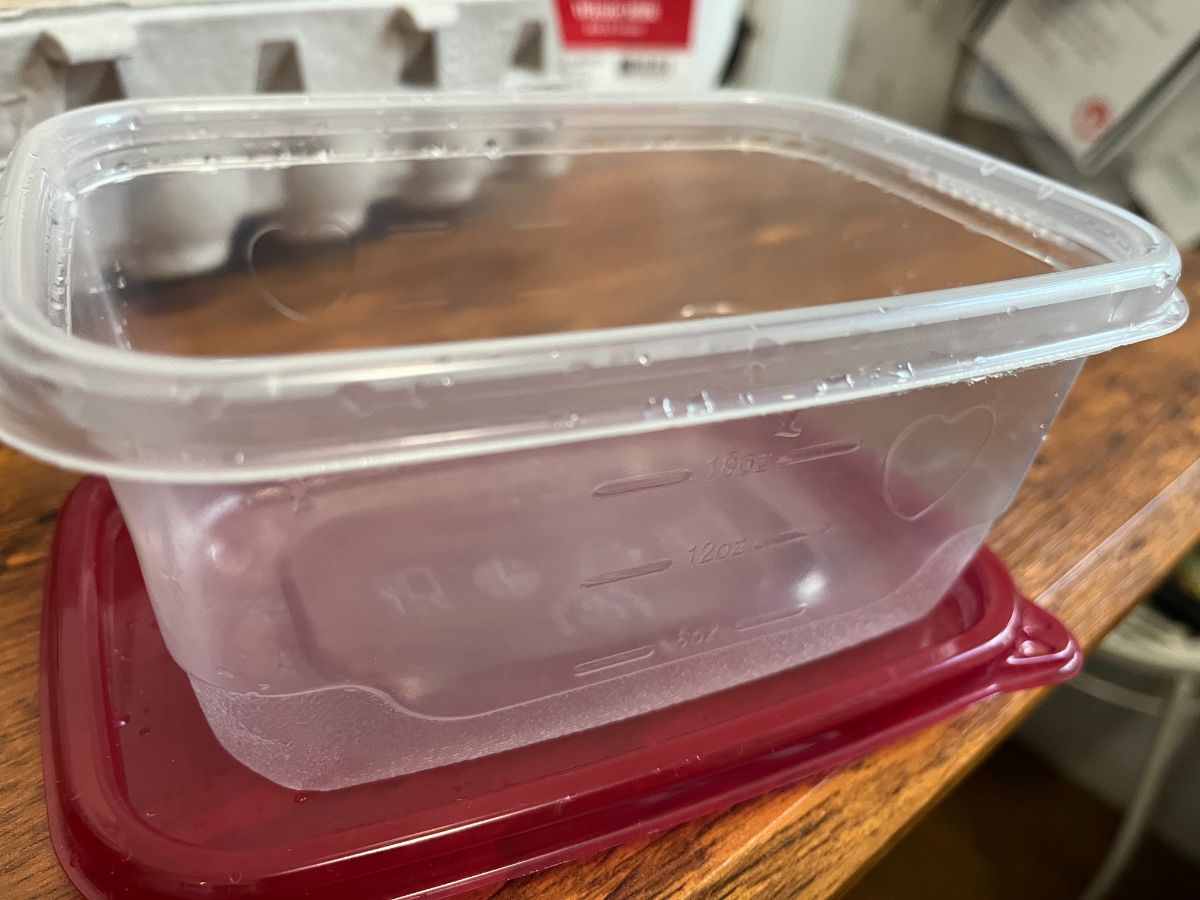
A lot of deli meats are now coming in Tupperware-like storage containers that can be reused (especially the pre-packaged versions). They’re one of those items that you hate to throw away, and that seem sort of like overdoing it on the packaging, but you can only save so many for storing your leftovers.
These shallow dishes are perfect for a lot of seed-starting jobs, though. Two of our favorite uses are growing microgreens (because they need shallow dishes with good, open surface area and can hold an inch or more of soil) and germinating seeds to pot up for transplants.
Keep in mind that these containers are solid with no holes, and so for most uses you will need to cut or punch holes in them for drainage.
What to use them for:
- Microgreens
- Germinating seedlings before potting up
- Growing sprouted grass or fodder (such as wheatgrass, etc. for humans or pet/livestock food)
- Sprouts
- Any shallow planting
2. Vented plastic berry boxes
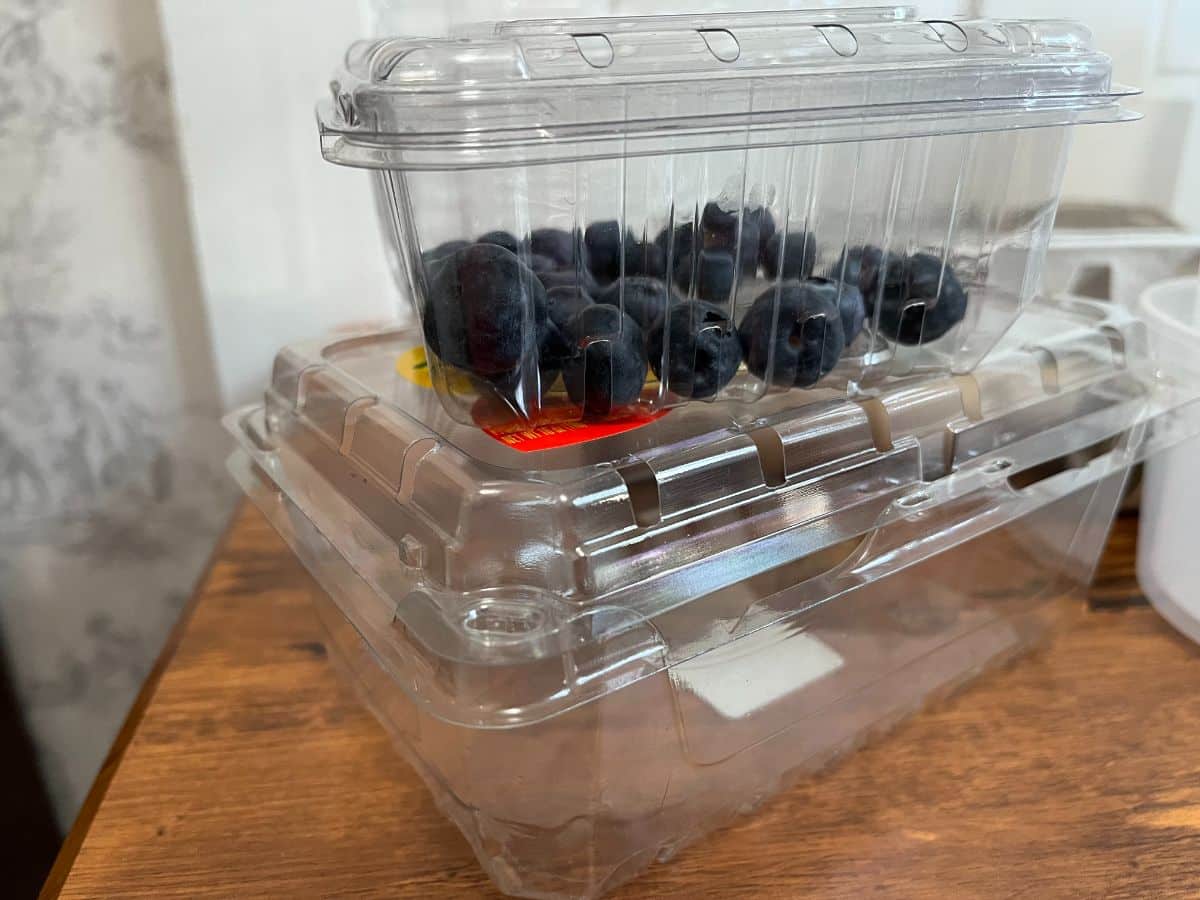
Plastic berry boxes—like those that strawberries and blueberries often come in—are similar in size to those deli meat containers, but they have some added features that make them even better for use for different growing and seed-starting tasks.
One of the best features of berry boxes is that they have slots in the bottom, designed to vent the fruit and keep it from staying too moist or moldy. These are similar to the slots in slotted growing trays and in the bottom of plant cell packs.
They allow you to bottom water, which is best for seeds, seedlings, and transplants. Bottom watering is the best way to prevent damping off disease, which is probably the most common killer of seedlings and young transplants.
The clear flip tops of these boxes are helpful, too. When you are germinating seeds, before they sprout, you can simply flip the top closed to keep moisture in.
The tops also act as a sort of mini greenhouse, keeping in moisture and warmth. This is helpful for small seedlings in the early stages (but there will come a time when you should flip the tops open and leave them open so the little plants get good air circulation).
Berry boxes make excellent germination pots for initial seed starting. They’re also very good for growing things like microgreens, herb-type grasses, sprouted seeds, and animal fodder.
What to use them for:
- Using as a “mini greenhouse” when germinating seeds
- Growing sprouts
- Growing microgreens
- Growing shoots
- As seed germination trays
- Sprouting grains
- Growing grasses for juicing, etc. (wheatgrass, for example)
- Animal fodder for pets and livestock (like chickens and rabbits, to name just two)
3. Clear plastic milk or water jugs
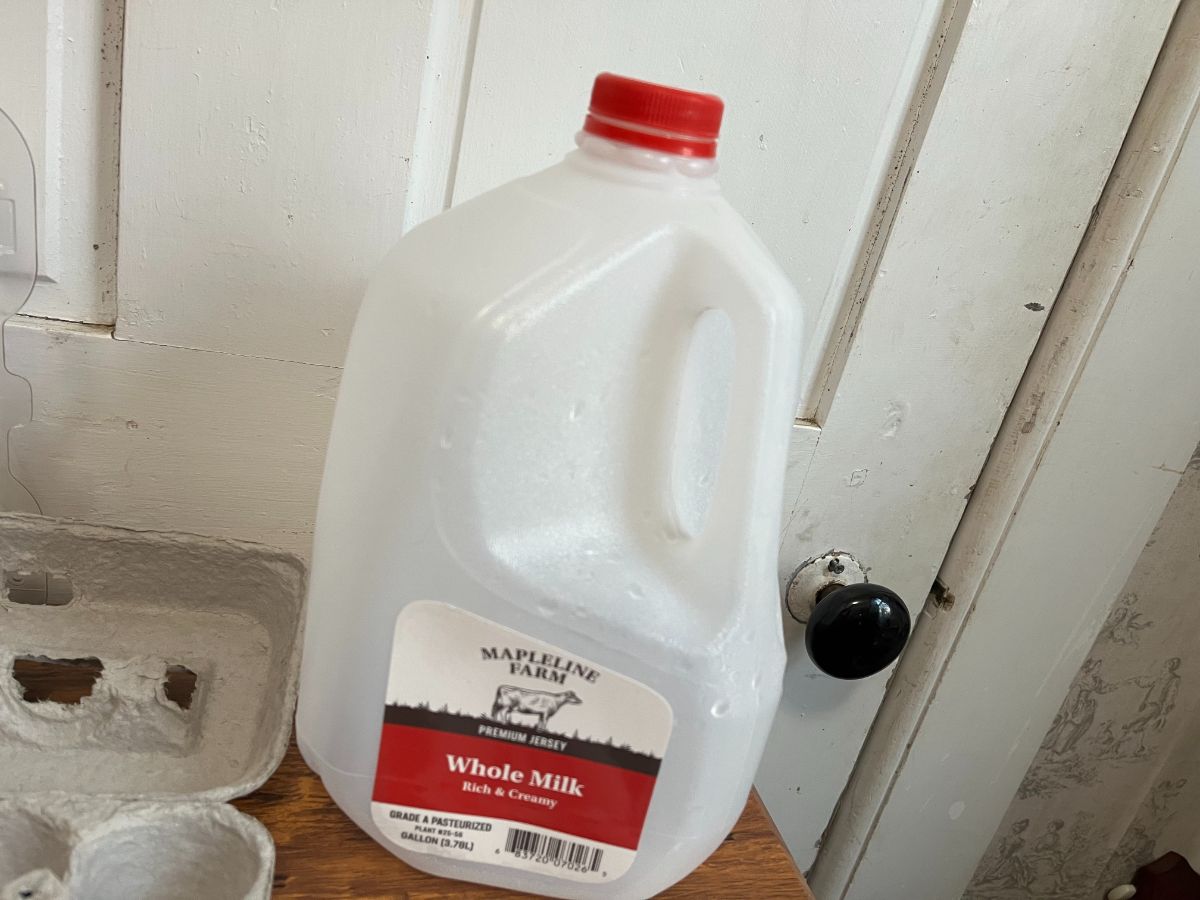
Plastic milk jugs are the preferred up-cycle container for winter sowing of seeds.
This is a method where you basically plant seeds in the containers (cut in half), close the top and tape it closed, then set it outside where the seeds will stratify and come up on their own in rhythm with nature in the spring and early summer.
The enclosed soil and seeds keep moisture in and also act as little greenhouses to get a jump on the season.
It’s a sort of alternative to seed starting indoors, or at least a supplemental and alternative way to grow perennials and some of the hardier crops (though people do use this method for all sorts of seeds, but some need more management than others).
You want to make sure that the jugs you keep for this are clear plastic, not the colored white or light-blocker kind.
Gallon sizes are the norm, but half gallons will work, too, especially if you only need small quantities of things.
What to use them for:
- Winter sowing vegetable and perennial seeds (and other plants, too)
- Cut down to use as pots/trays for other seedlings
- Growing grasses and fodder
4. Newspapers (or other heavy paper)

You can make all the seedling pots you need with newspaper!
These are easy to make. You just form the paper around a jar and fold in the paper at the bottom to make the bottom of the pot. There are handy little tools you can buy for making these, too.
You can also make folded origami-style square pots.
- Other types of paper work well, too, including discarded or leftover wrapping paper
- White or brown craft paper (sometimes called Kraft paper) works well
- Use untreated paper (not shiny or waxy coated)
- Leftover office paper can be used as long as it is plain paper, not glossy or treated
- Seed catalogs and magazines or catalogs with flat, plain, non-waxy/not shiny pages are good to upcycle for seed pots, too (use two or three sheets if the pots seem too thin)
Some seed companies even design their catalogs for up-cycling and reuse. Fedco Seeds, for example, purposefully keeps their catalog basic to keep them low-cost and to make them easy to reuse for composting, shredding, coloring in (think coloring books), and to make plantable seed pots with! They even give instructions in the catalog for making pots with their pages.
As Fedco explains it, glossy catalogs are full of toxic Volatile Organic Compounds (VOC’s)--like what people get concerned with from rugs, paint, and other building materials (among other sources).
They go on to explain in a Facebook post, “Newsprint degrades within a few months and is safe to use in compost. It’s safe to use as mulch in your garden beds, in making plant pots, and soft enough to use for bottoms – of your animal cages, of course...”

You can change the size of the pots by using a larger-sized sheet of paper or using jars in different sizes. Make all the pots you need for all the different sizes of transplants.
Even better—you can plant the whole pot in the ground! That’s a big time and waste-saver, and the paper adds organic matter to your soil, just like it does in compost.
Things that don’t start well as transplants or don’t like having their roots disturbed for transplanting can do very well in pots that can be planted whole (squash, cucumbers, pumpkins, sunflowers, sweet peas, climbing flowers, and more come to mind!).
What to use them for:
- Making paper pots of various sizes
- Shredding for mulch or moisture control on pot tops
- Lining surfaces to protect from water, soil, etc.
5. Egg cartons
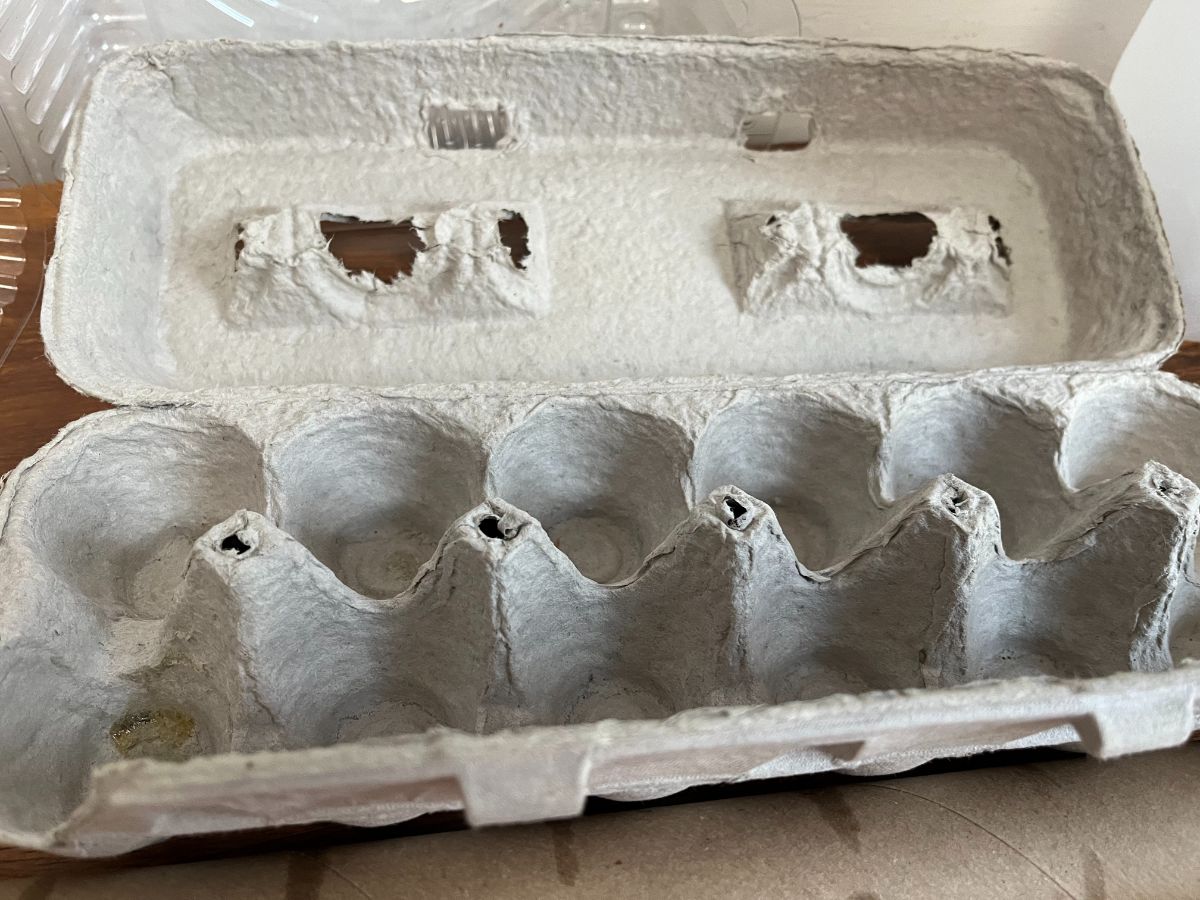
Egg cartons are like little pre-made plantable seedling pots. You can use them just like you would use plastic cell packs.
Cut the cartons into whatever sizes you want –- four, six, or up to a dozen cells to a pack, or cut them down into individual cells.
Egg carton “cells” are on the small side for many annuals and vegetables, but they work well for things that take a long time to germinate and that are slow-growing. Many herbs and celery fit this description.
The small size also makes egg carton cells a good choice for planting seeds plug-style and then potting them up as they grow or transplanting the whole “cell” with seedling into larger containers or mixed pots (like how you might plant started plant plugs into hanging baskets to grow them on or pot up into a two- or four-inch pot).
If the cell fits into the container you are potting up in, you can plant the seedlings carton and all.
What to use them for:
- Using as biodegradable cell packs for starting seeds
- Planting slow-growing transplants of perennials, flowers, and herbs
- Using as plug starters for potting up later
6. Paper towel and/or toilet paper rolls
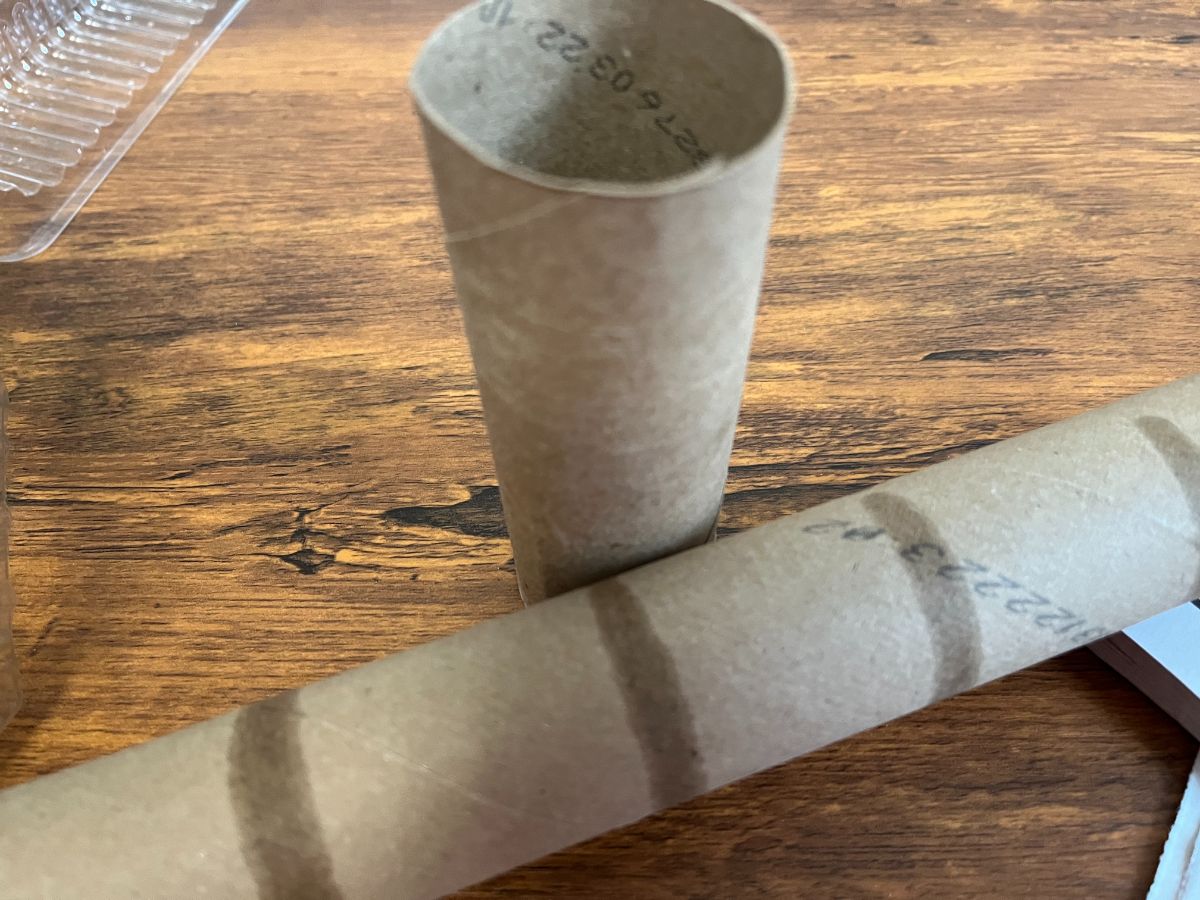
Similar to the newspaper pot idea, cardboard tubes that come in the center of paper towels, rolls of toilet paper, or wrapping paper make great seed-starting pots, too.
And like paper pots and egg cartons, they are compostable and biodegradable, so the whole “pot” can be planted right in the ground (or in beds or container gardens—whatever your case may be).
All you have to do to make these into “pots” is to fold the bottom inch or so over, which will close in the bottom and hold the soil in.
What's great about paper towel and toilet paper tubes is that they are about the same size as your four- or six-cell planting pack. They’re larger than egg cartons without taking up too much space, and for most transplants, the plants can live in these once they’re potted up until they are ready to be permanently planted.
Like other plantable pots, these are a good choice for things that don’t like having their roots disturbed and/or that don’t like to be transplanted for that reason.
What to use them for:
- Making plantable, compostable seedling pots
7. Deli soup and salad containers
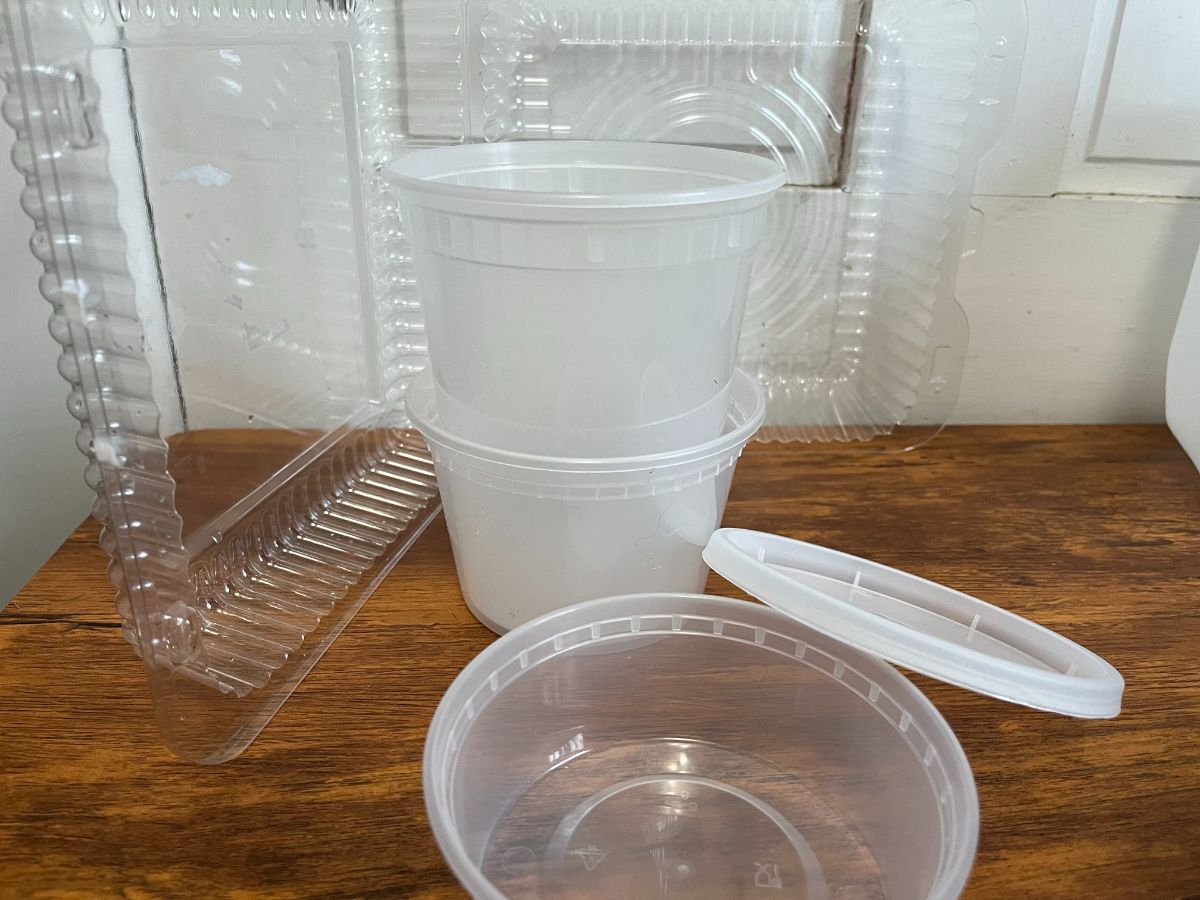
Deli and salad containers come in quite handy for starting seeds and growing greens indoors. Like berry containers, clear, square salad containers can be used as domed mini greenhouses.
Larger half-quart and quart containers can be used as pots. Eight-ounce and shallow containers can be used for microgreens and more.
Be sure to cut or poke holes for drainage in all solid plastic pots that you are using for growing (anything longer term than microgreens, and it’s worth considering some drainage for those, too).
Waxed boxes work well because they hold up and have good water resistance until your plants are finished or potted up. It is not recommended to plant waxed boxes in the ground, though.
These could be of either the waxed cardboard variety (common for soups to come in) or of the plastic variety that is regularly used for things like sauces, soups, and cold deli salads (like potato salad, macaroni, or pasta salad). You’re bound to have these piling up if you get Chinese or Asian takeout.
What to use them for:
- Various sizes of plant or transplant pots
- Small winter sowing projects (if you’re not sowing a large amount of a type of seed)
- Storing (and labeling!) supplies like fertilizer or rooting hormone (handy if you need more access than what the small jar gives you)
- Germination pots
- Planting microgreens, shoots, or sprouts
- Growing winter greens like baby lettuce indoors
- As mini greenhouses
Other good up-cycled seed starting containers:
These are just seven of many good options for up-cycled seedling containers. Here are a few more ideas.
- K-cups/coffee pods
- Waxed milk or juice cartons
- Chinese takeout containers (cardboard type)
- Old muffin tins
- Yogurt cups
- Takeout salad containers
- Rotisserie chicken containers
Almost any type of takeout container is a potential candidate for upcycling for starting seeds. Takeout containers are ideal because they are already designed with heat and water resistance in mind.
- Plastic, paper, and cardboard-type containers are best
- Waxed cardboard tends to be better than plain if you want the container to stand alone, but if the container will be supported in a growing tray (or an upcycled version of a growing tray!), it doesn’t matter
- Regular corrugated and untreated (non-waxy) cardboard work well, and they have the added advantage of being able to be planted directly in the ground or in large growing containers
- Styrofoam is less desirable and can begin to degrade in sunlight and under grow lights
- Styrofoam can become brittle and should not be planted in the ground
- Brittle Styrofoam often breaks when you go to transplant outside, leaving flakes and pieces of Styrofoam in your valued garden soil
- Shiny, glossy papers are not recommended for use in seed-starting, composting, or growing
Ready to start your seeds? Here’s how to get started even if you don’t have a greenhouse and only have a small space for seed starting.
Need more light? Check out this option for an affordable grow light setup.


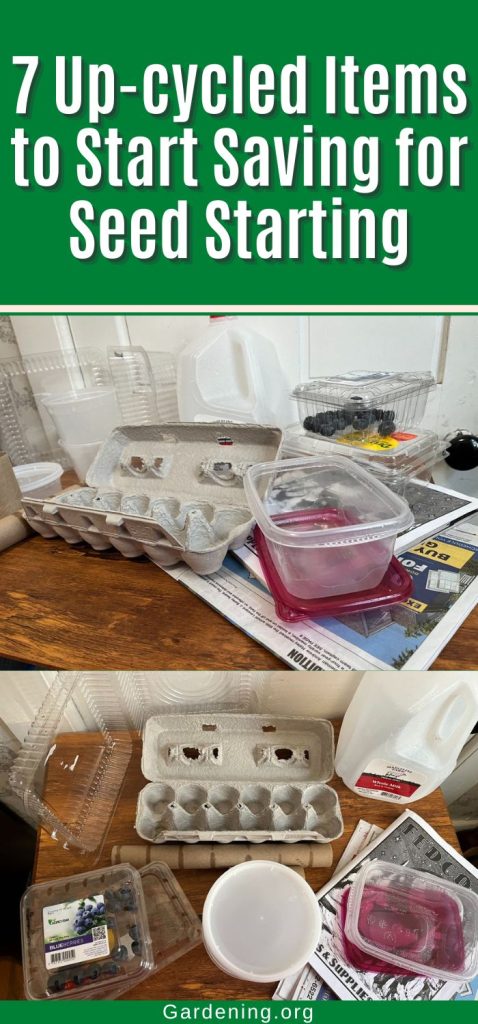
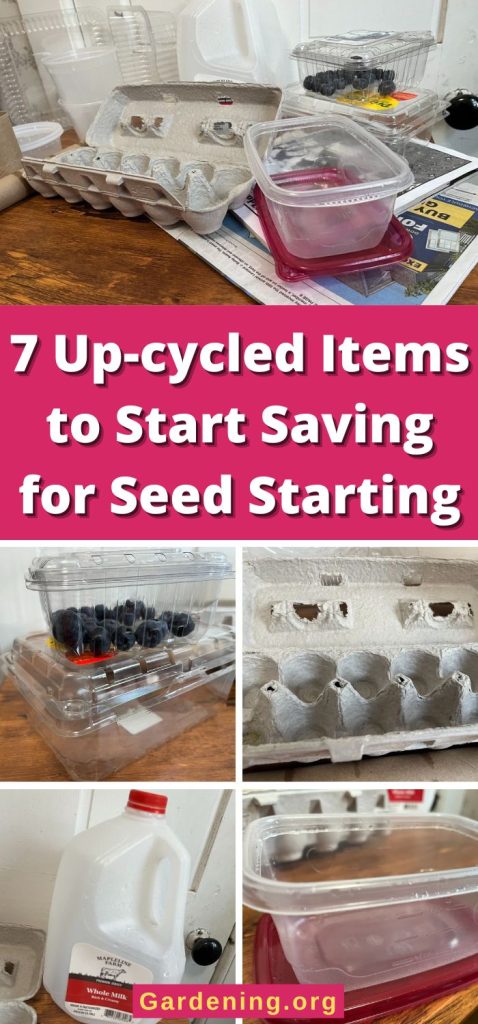
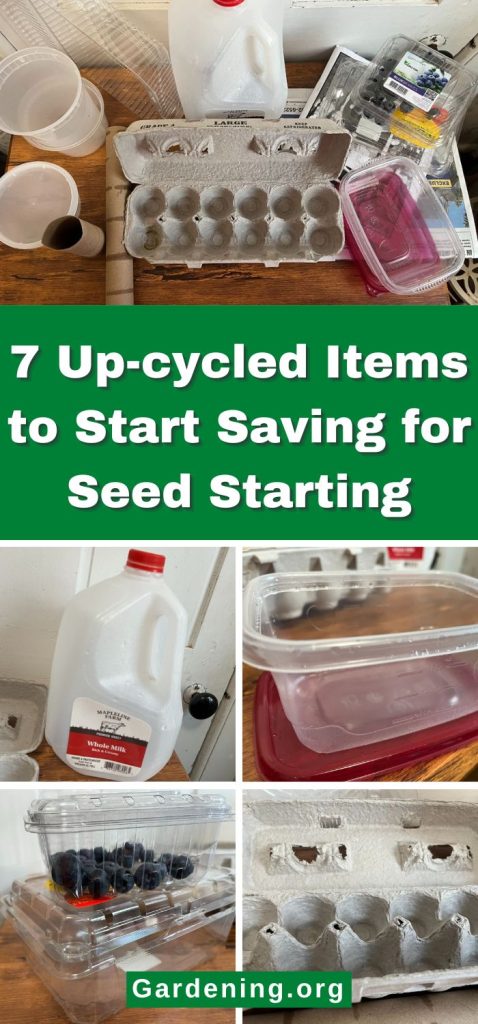

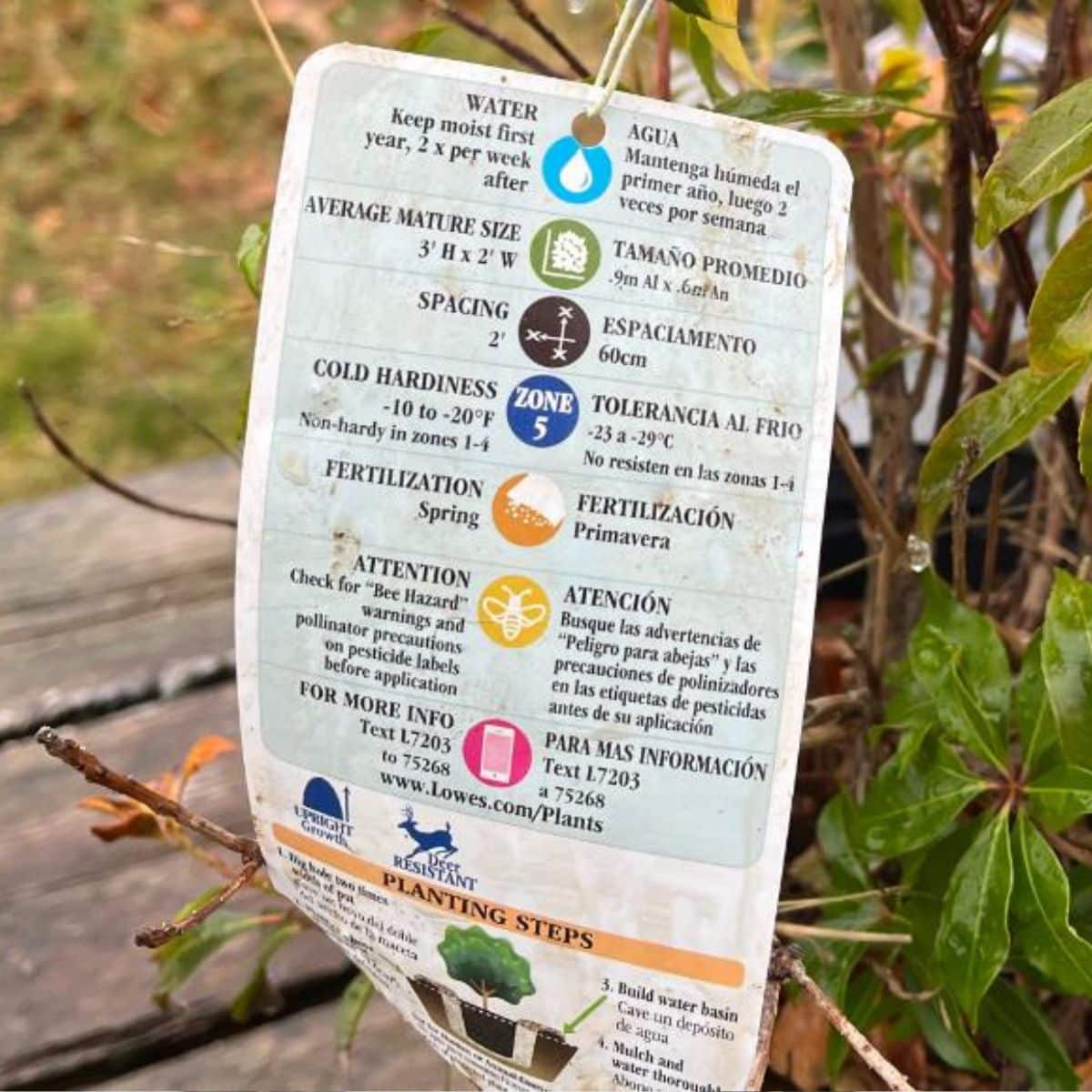
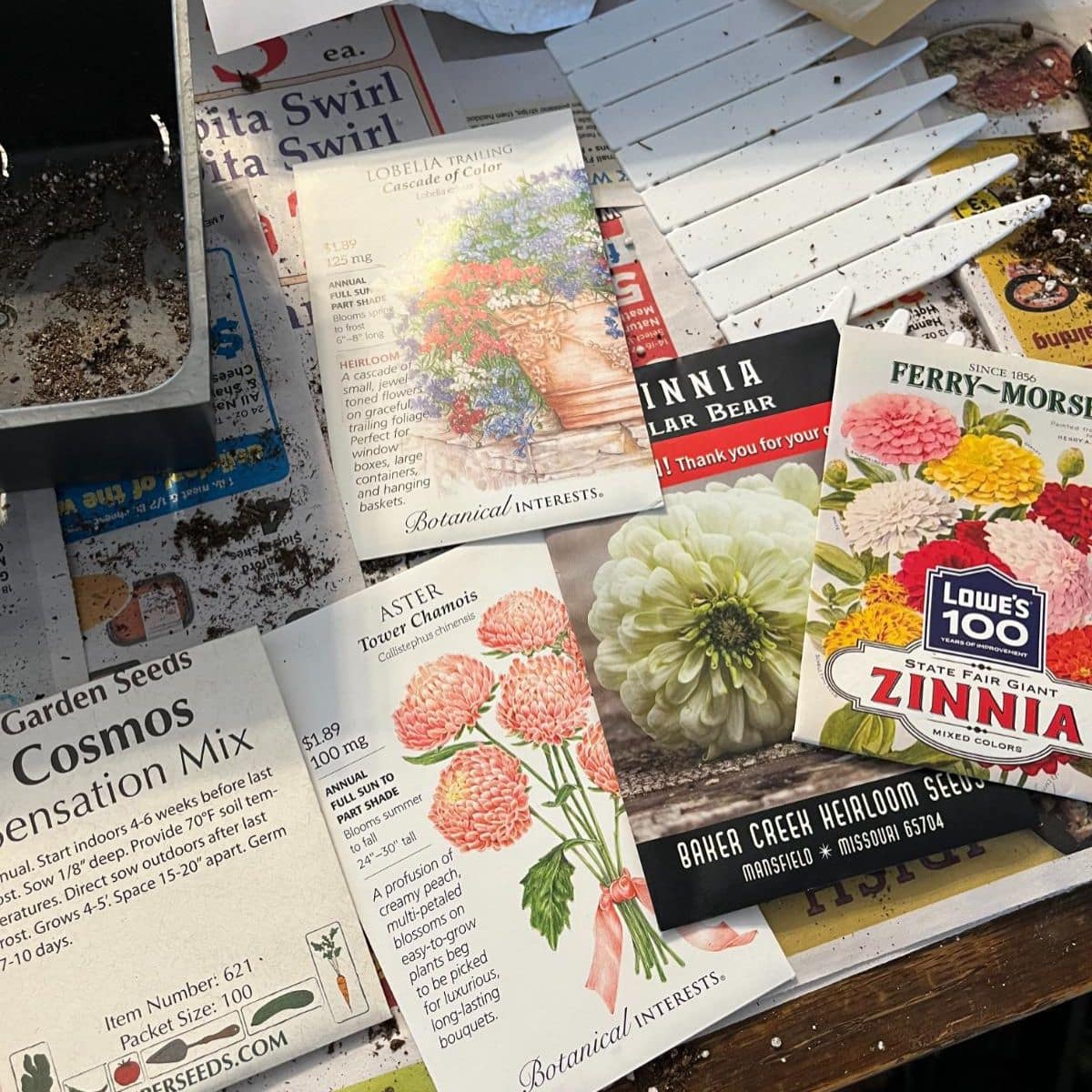
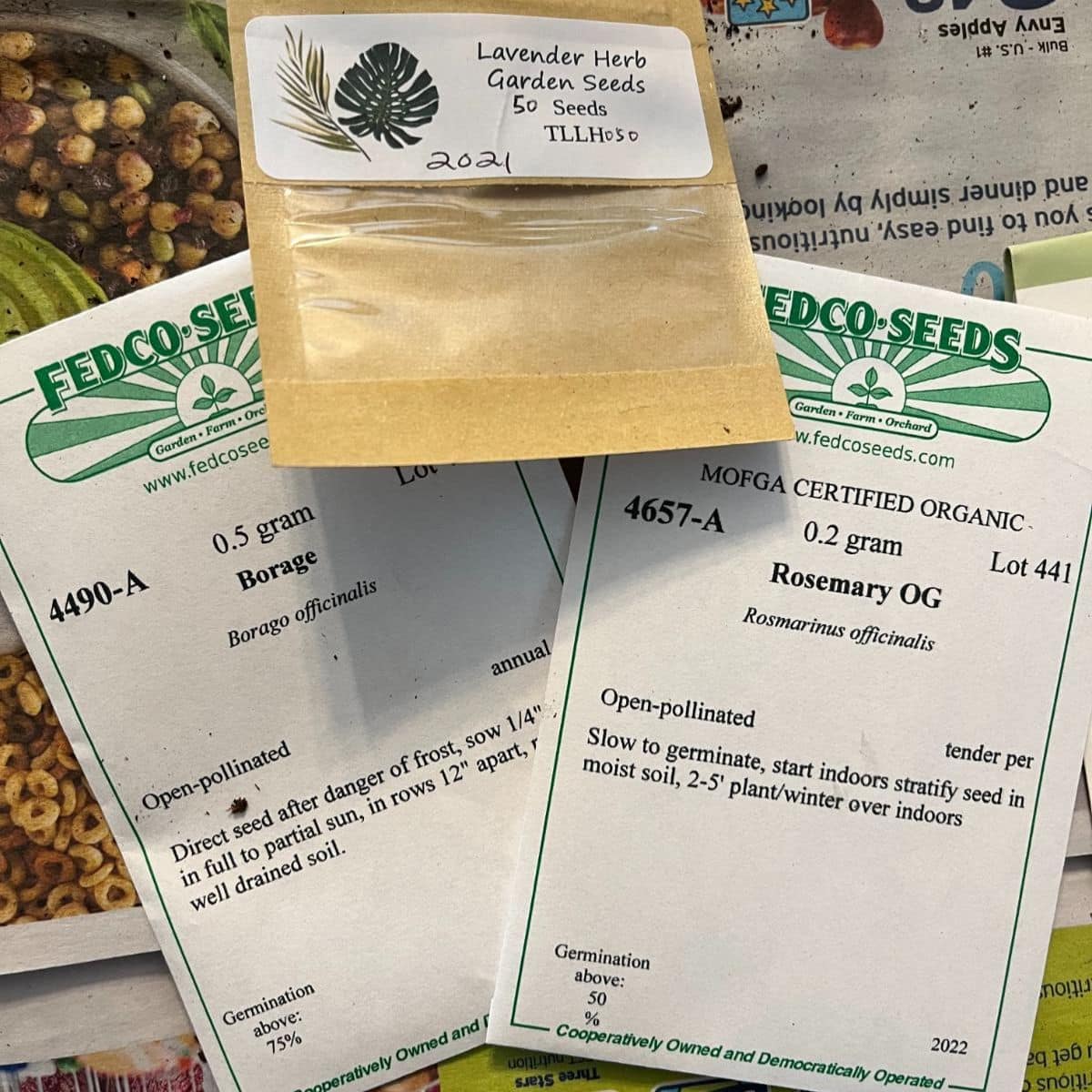
Leave a Reply